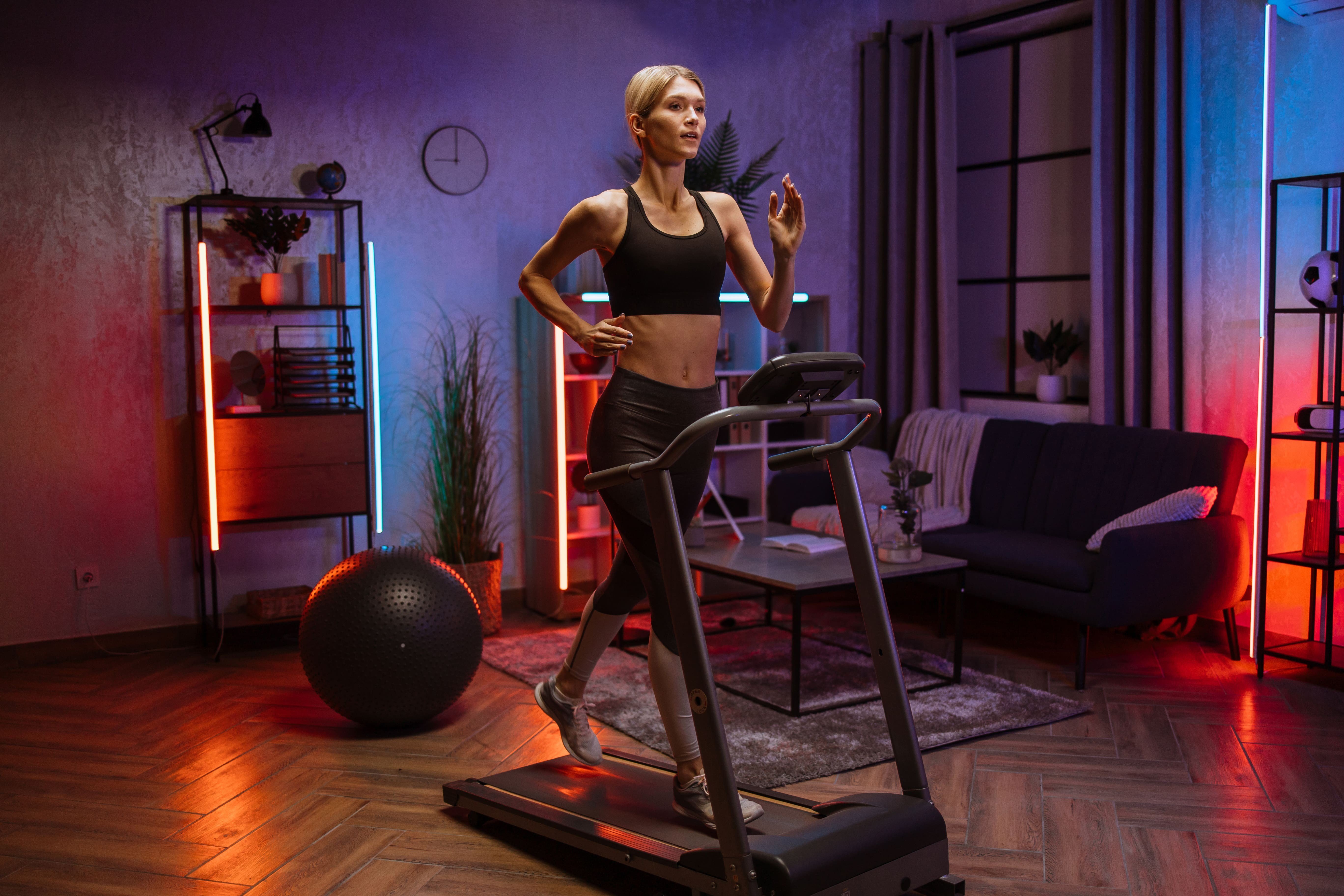Treadmills: A Comprehensive Guide to Understanding Their Functionality, Benefits, and Appropriate Selection
Intro
Treadmills have become a staple in contemporary physical fitness regimens, both in homes and health clubs worldwide. They offer a practical and effective method to maintain cardiovascular health, boost endurance, and help in weight management. This post checks out the different kinds of treadmills, their advantages, functions to think about when buying, and some FAQs to direct users in making notified decisions.
Types of Treadmills
When it comes to choosing a treadmill, it is essential to comprehend the different types offered in the market. Here are the primary classifications:
1. Handbook Treadmills
- Mechanism: These treadmills have a basic style and count on the user's efforts to move the belt.
- Pros: More cost effective, quieter operation, no electricity required.
- Cons: Limited functions, may not offer the same series of workout intensity.
2. Motorized Treadmills
- System: Powered by a motor that drives the belt, enabling users to stroll or perform at a set rate.
- Pros: Greater variety of speeds and slopes, geared up with many functions such as heart rate screens and exercise programs.
- Cons: More costly and might need more maintenance.
3. Folding Treadmills
- Mechanism: Designed for those with limited area, these treadmills can be folded for easy storage.
- Pros: Space-saving, typically motorized, versatile features.
- Cons: May be less long lasting than non-folding models.
4. Industrial Treadmills
- System: High-quality machines designed for usage in fitness centers and gym.
- Pros: Built to endure heavy use, advanced features, typically consist of guarantees.
- Cons: Pricey and not perfect for home usage due to size.
5. Curved Treadmills
- System: A distinct design that allows users to propel the belt using their own energy.
- Pros: Offers a more natural running experience, promotes better running form.
- Cons: More expensive and can be noisier.
| Treadmill Type | Pros | Cons |
|---|---|---|
| Manual | Affordable, no electrical energy required | Limited features |
| Motorized | Variety of speeds, advanced functions | Upkeep required |
| Folding | Space-saving, frequently motorized | May do not have durability |
| Business | Constructed to last, professional-grade features | Expensive |
| Curved | Natural running experience, promotes great type | Greater price |
Benefits of Using Treadmills
Treadmills provide various benefits that can add to one's general health and wellness goals. Some of these benefits include:
- Convenient Workouts: Treadmills allow users to work out indoors regardless of climate condition.
- Cardiovascular Health: Regular use can enhance heart health by increasing endurance and promoting healthy flow.
- Weight Management: Effective for burning calories, which aids in weight-loss and management.
- Adjustable Workouts: Users can control speed, incline, and period to produce customized workout experiences.
- Safety: Treadmills provide a foreseeable surface, reducing the risk of falls compared to outdoor running.
- Multifunctional: Many treadmills featured features like heart rate screens, exercise programs, and even entertainment systems.
Picking the Right Treadmill
When picking a treadmill, prospective purchasers must think about a number of key aspects:
Features to Consider:
- Motor Power: Typically determined in horsepower (HP), a motor strength of a minimum of 2.5 HP is recommended for major runners.
- Belt Size: A longer and broader belt accommodates various stride lengths, supplying comfort during workouts.
- Slope Settings: Adjustable slope features imitate outdoor hill running and can increase workout strength.
- Weight Capacity: Ensure the treadmill can support the user's weight for safety and durability.
- Console Features: Look for user-friendly dashboards, exercise programs, and Bluetooth compatibility for streaming music or other functions.
Budget Considerations
- Under ₤ 500: Entry-level manual treadmills suitable for casual walkers.
- ₤ 500 - ₤ 1,500: Mid-range motorized treadmills that provide more functions and better sturdiness.
- ₤ 1,500 - ₤ 3,000: High-end models with innovative innovation, bigger motors, and longer guarantees.
- Over ₤ 3,000: Commercial-grade treadmills perfect for regular usage in health clubs or training facilities.
Regularly Asked Questions (FAQs)
1. How typically should I utilize a treadmill?
It is advised to utilize a treadmill a minimum of three to five times a week, including numerous strength levels for best outcomes.
2. Can I lose weight by utilizing a treadmill?
Yes, consistent usage of a treadmill can contribute to weight-loss, especially when integrated with a well balanced diet and strength training.
3. What is the best speed to walk on a treadmill for newbies?
A speed of 3 to 4 miles per hour is an ideal range for beginners. It's necessary to begin sluggish and gradually increase rate as comfort and stamina improve.
4. Do I need to utilize a treadmill if I already run outdoors?
Using a treadmill can offer extra advantages, such as controlled environments and differed exercises (incline, intervals) that are not constantly possible outdoors.
5. How do I keep my treadmill?
Routine upkeep includes lubing the belt, cleaning up the deck and console, and examining the motor for optimal efficiency.
Treadmills are vital tools for those looking to improve their physical fitness levels in a controlled and practical way. With different types offered, understanding their features and advantages is important for making an informed purchase. By thinking about just click the next website page , area availability, and budget restrictions, individuals can discover the most suitable treadmill that fits their way of life. Integrating treadmill workouts into a well balanced physical fitness routine can lead to better health results and a satisfying workout experience.

